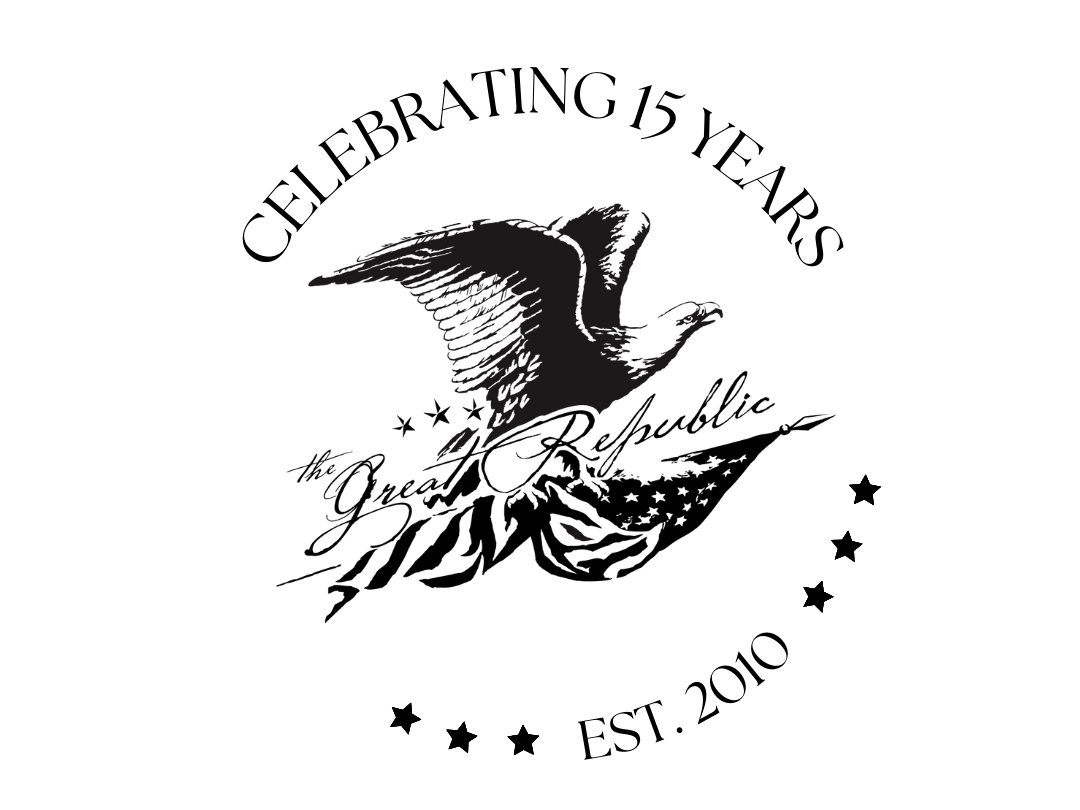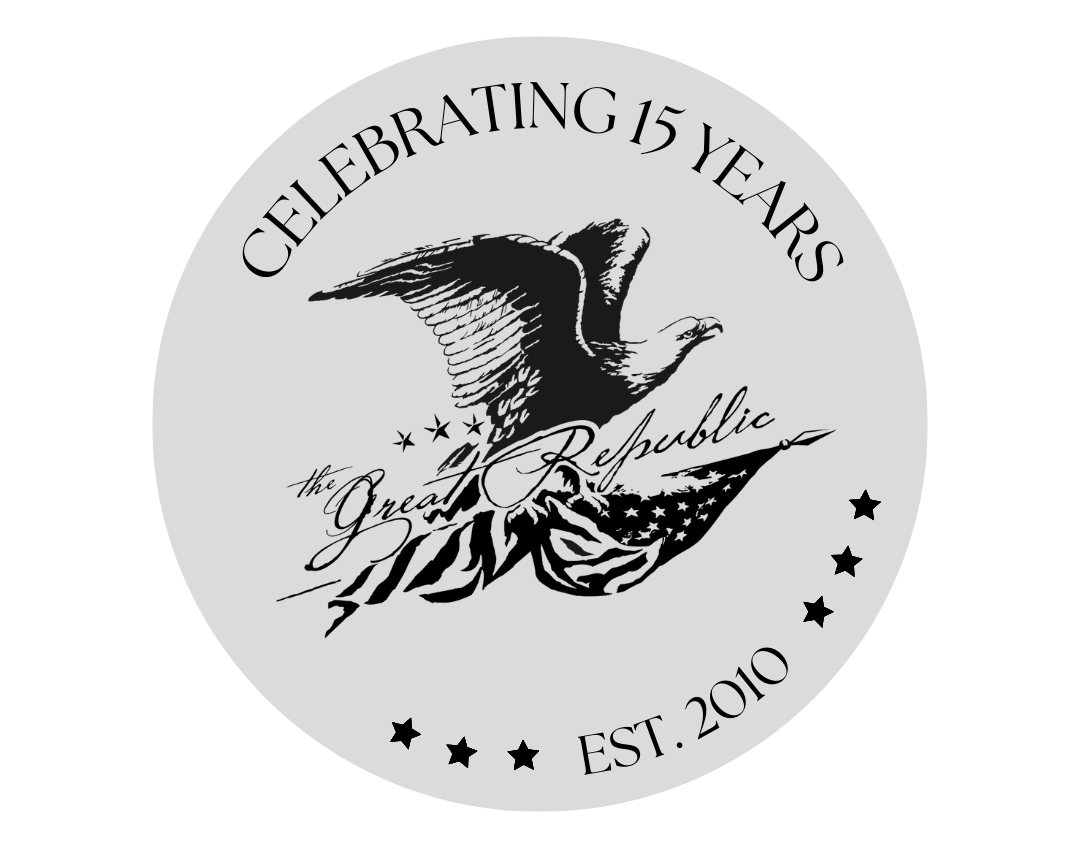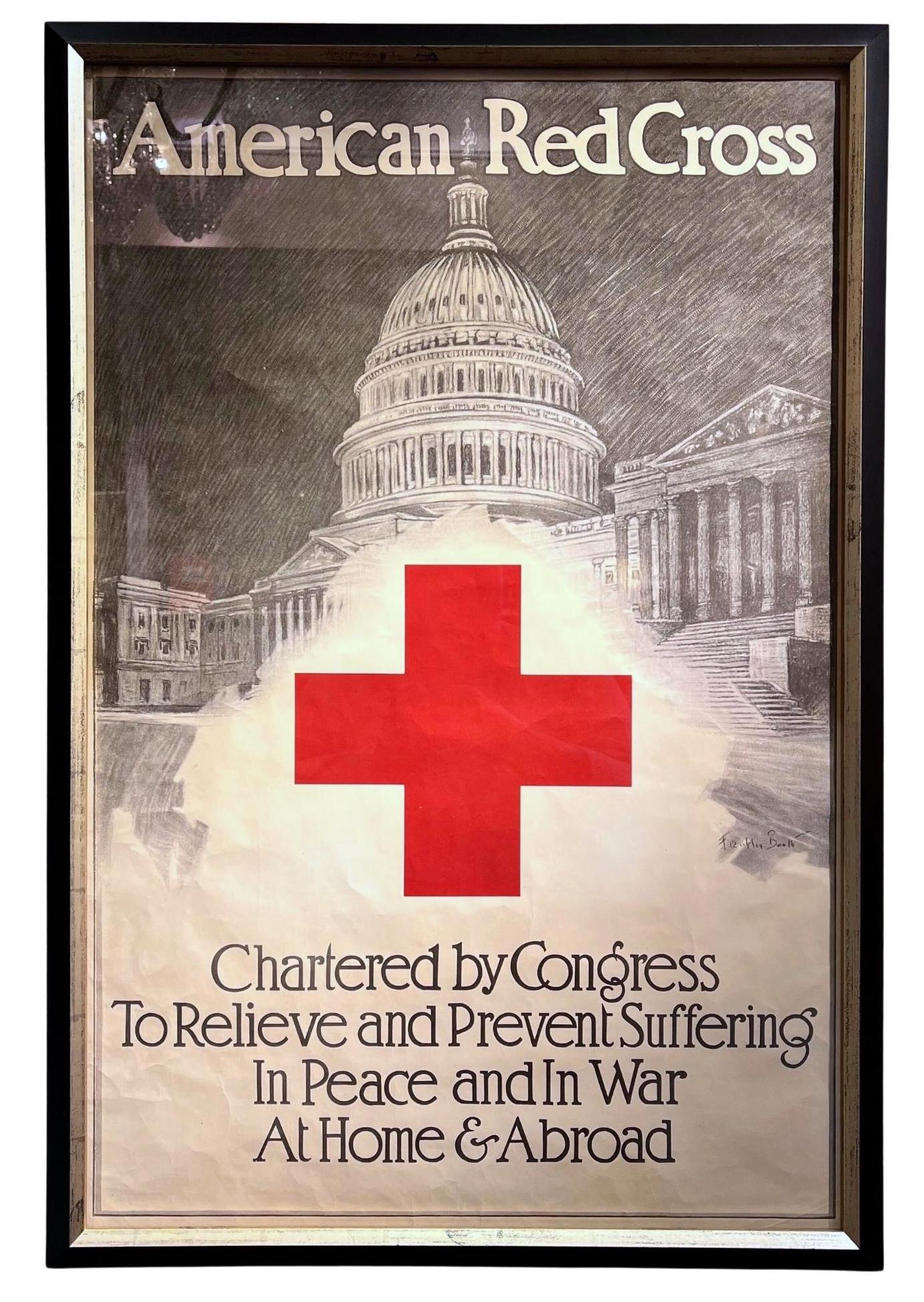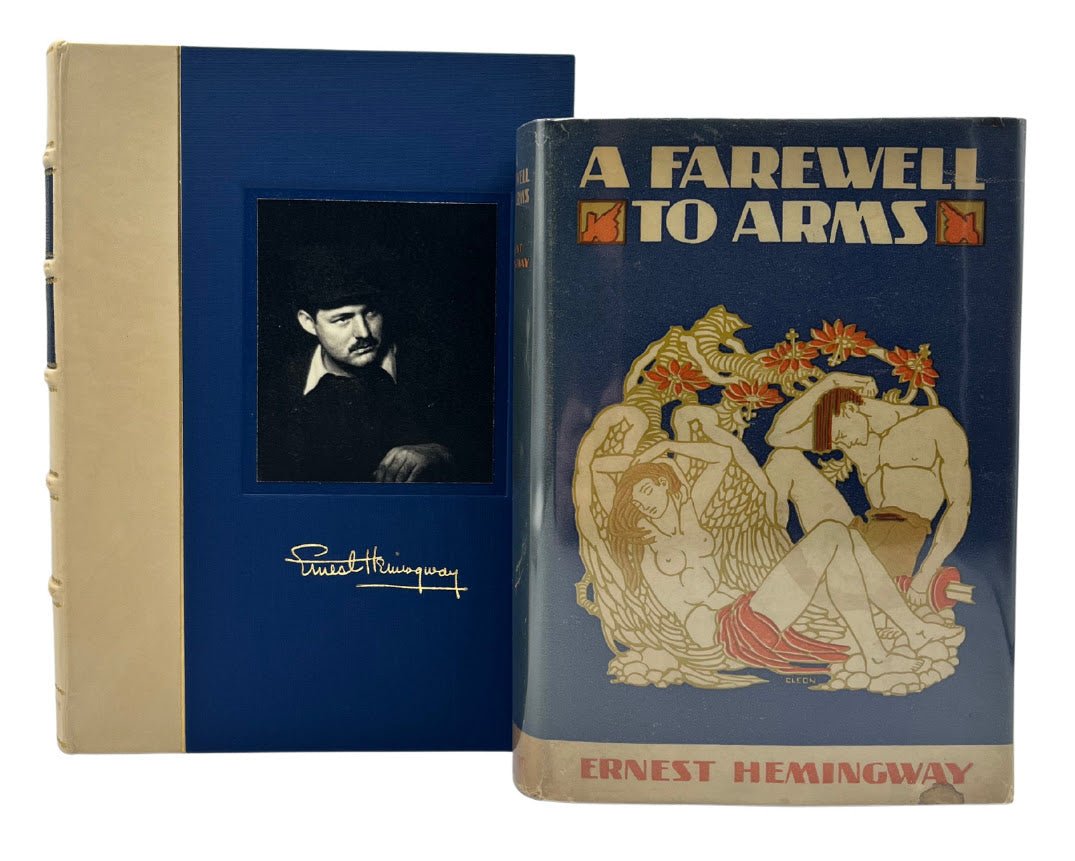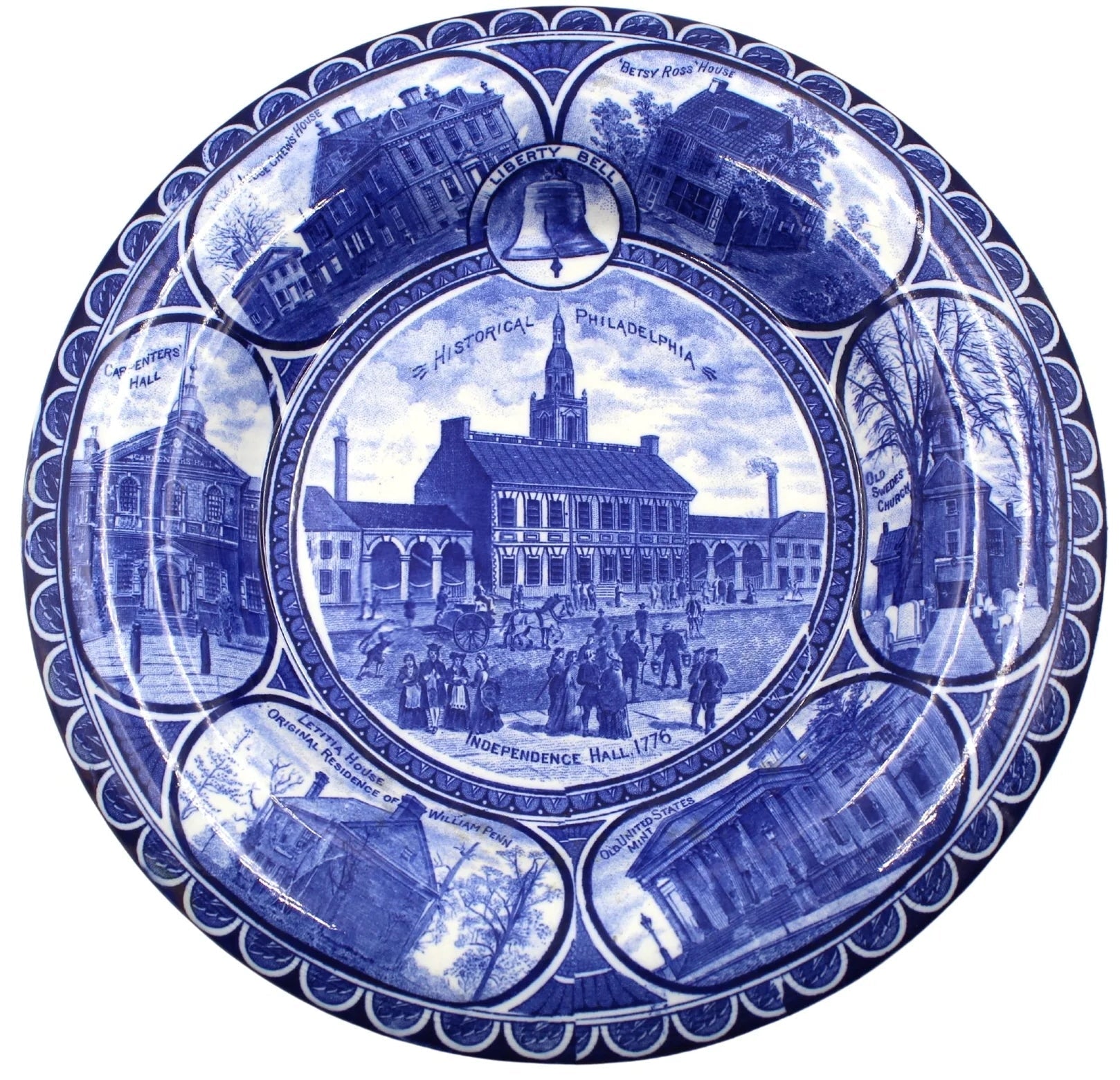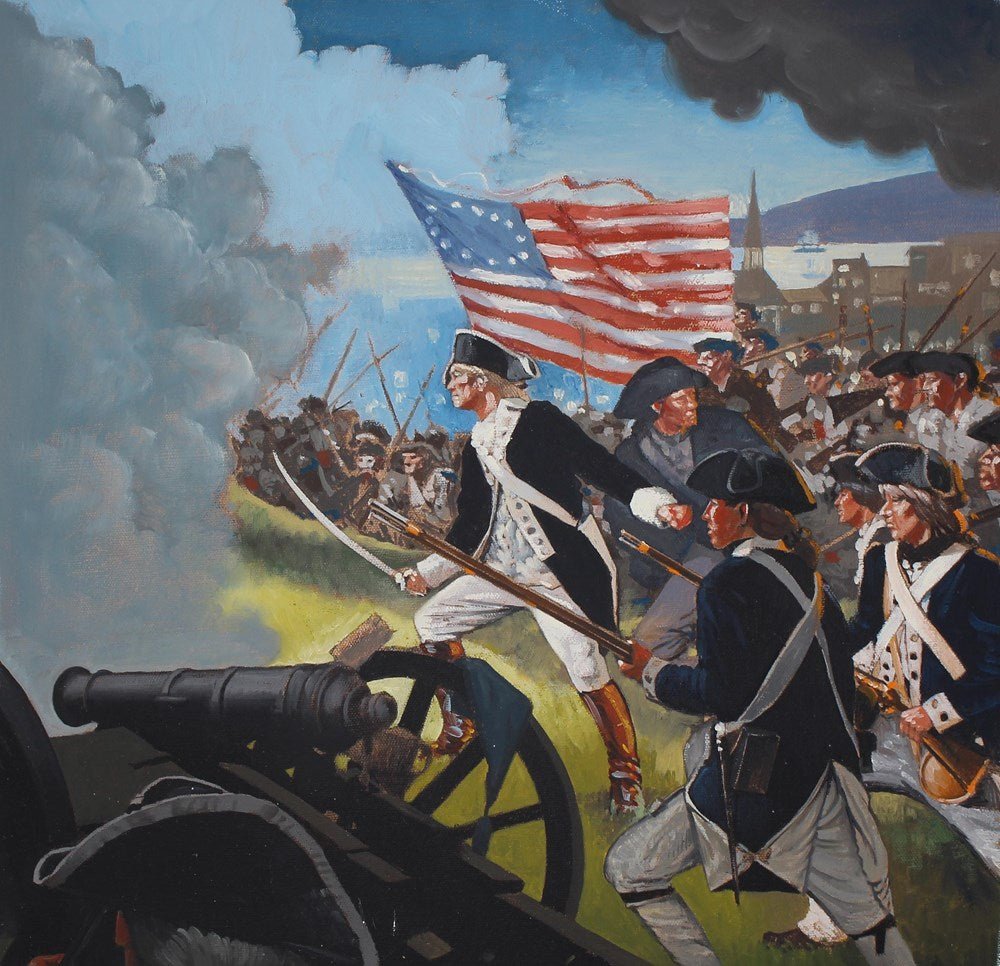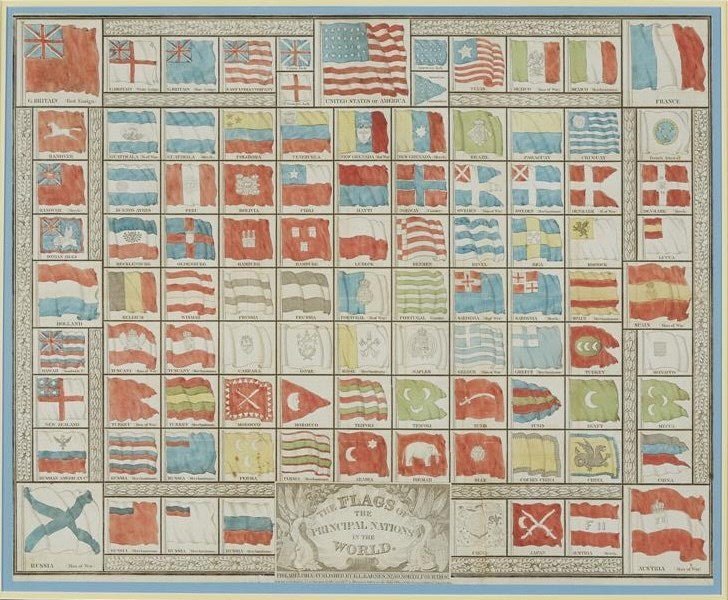On April 25, 1898, following the sinking of the Battleship Maine in Havana harbor on February 15, 1898, the United States declared war on Spain. With America's involvement and interest in Cuba's Independence from Spain, Theodore Roosevelt, Assistant Secretary in the Navy, took a stand and famously resigned his post to create his own volunteer group. He deferred his leadership role to war hero and his comrade, Leonard Wood, with whom we began recruiting and organizing the First U.S. Volunteer Cavalry. They received over 20,000 applications in just 5 days from all over the country. Traditionally, volunteer regiments were supposed to be composed exclusively of frontiersmen, possessing special qualifications as horsemen and marksmen. However, Roosevelt aspired to create a unique fighting force made up of polo players, hungers, cowboys, Native Americans, and athletes that would represent a microcosm of the country itself, and he did just that. He called them
The Rough Riders.
-
There were two important battles in Cuba that The Rough Riders participated in. The first was the Battle of Las Guasimas that took place on June 24th, 1898. Roosevelt led his troops in a flanking position and the Spanish fled, leaving 7 of his men dead and 34 wounded. The second battle was on July 1st, 1898, and is one that Roosevelt called "the great day of my life", the Battle of San Juan Heights. With 4,500 Spaniards against them, Roosevelt led 6,600 troops in a series of charges up Kettle Hill towards the San Juan Heights, with other regiments following. The Spanish troops were pushed further inland, leading to their eventual defeat and surrender, leaving 1,071 of Roosevelt's men wounded or dead (T. R. The Rough Rider).
-
Less than a month later, on July 17th 1898, the Spanish had surrendered Cuba. The war officially ended with the signing of the Treaty of Paris on December 10, 1898. As a result Spain lost its control over Cuba, Puerto Rico, the Philippines Islands, Guam, and other islands.
-
Through this victory, Roosevelt came back to the states a war hero and national celebrity. So much so, in fact, that he was awarded a Medal of Honor 100 years later for "... acts of bravery on July 1st 1898, near Santiago de Cuba, Republic of Cuba, while leading a daring charge up San Juan Hill." (T. R. The Rough Rider) His regiment proved worthy of its press and Roosevelt’s famous charge up San Juan Hill catapulted him to the Governorship of New York, the Vice Presidency, and ultimately the White House.
The Rough Riders is a unique and compelling account of perhaps the most famous regiment in American history, as told by its Lieutenant, Theodore Roosevelt himself. As such, it remains one of Roosevelt's most engaging and enduring works. The book is further collected for its numerous plates, printed from early photographs, a drawing by C.D. Gibson, and a painting by Frederic Remington, all of which add to this important historical record.
Check out our first edition printing of Theodore Roosevelt’s The Rough Riders here. It was published by Charles Scribner’s Sons in New York in 1899 and, with no surprise, was a best seller upon its release. This book has been rebound in quarter leather and tan cloth boards, with gilt tooling, titles, and raised bands to the spine.
Resources:
“T. R. The Rough Rider: Hero of the Spanish American War.” National Parks Service, U.S. Department of the Interior, https://www.nps.gov/thrb/learn/historyculture/tr-rr-spanamwar.htm.



